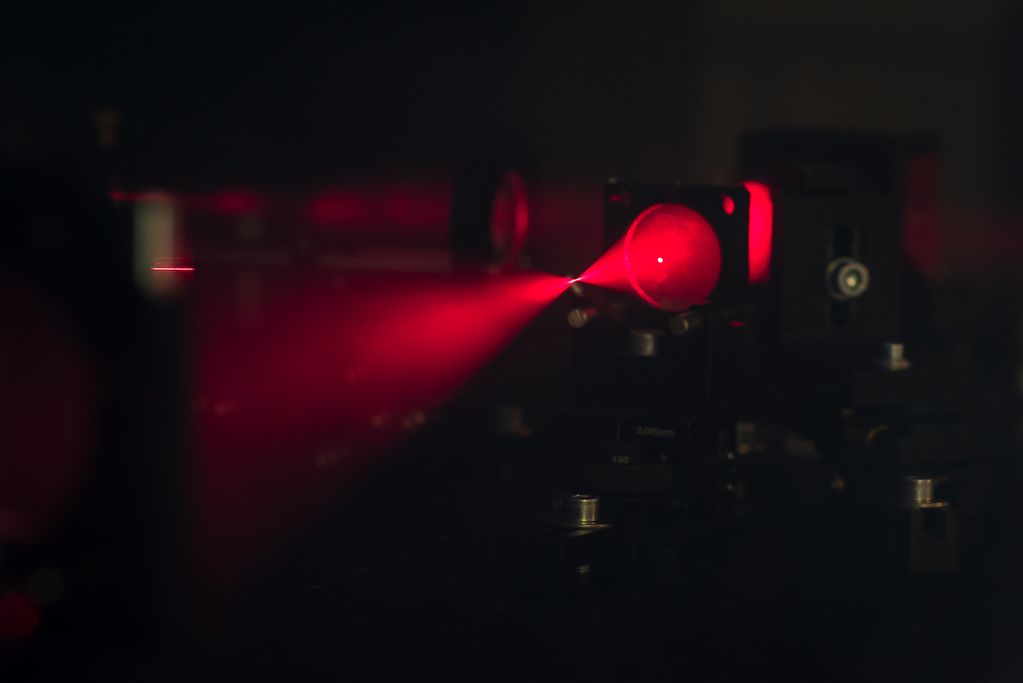
Technologies
50 Years of Cutting-Edge Innovation
BEA’s Research and Development teams are committed to integrating the latest technologies into a diverse portfolio of sensing solutions that exceed the needs of customers while streamlining activation, safety and analysis across a broad range of segments.
Over the past 50 years, BEA has become a leader of applied technology innovation and continues to receive worldwide recognition for its solutions.
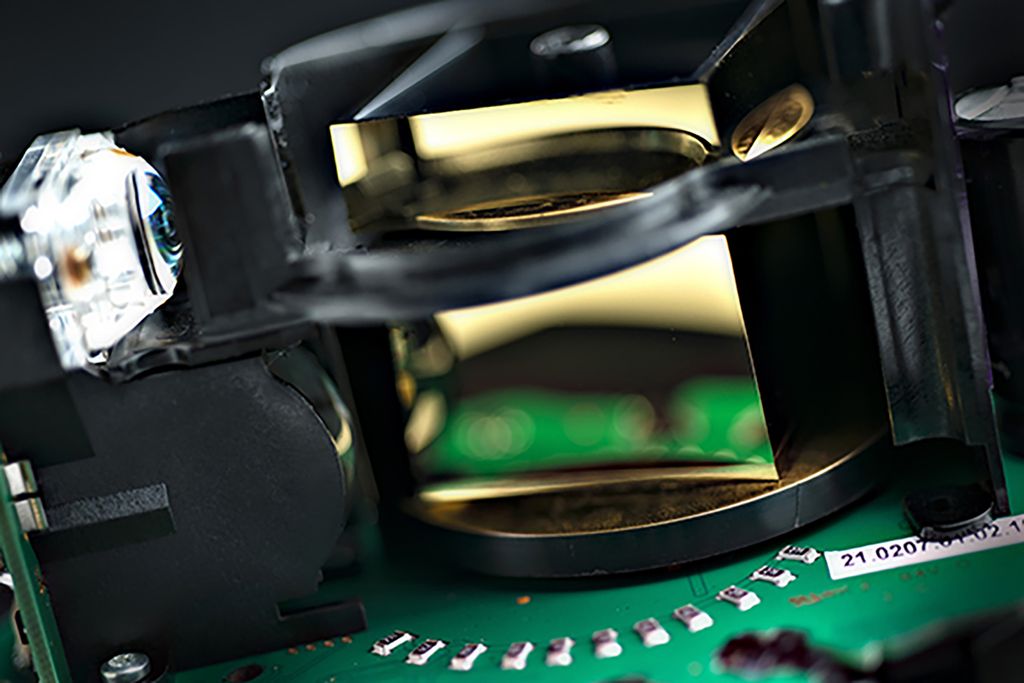
LASER
LASER technology works according to the principle of time of flight. The sensor sends an intense light impulse in a defined direction and measures the time until the signal returns. As the speed of light is a constant value (approximately 300.000 km/s), this time is directly proportional to the distance between the sensor and the first object encountered by the light impulse.
As a result, and by sending multiple beams in multiple directions (2D or 3D), the sensor is capable of knowing the exact position of any object in its detection area at any given time.
By analyzing this information over a very short period of time, it is easy to determine the shape, speed, and direction of any object.
LASER technology is the most precise and accurate method used in BEA products and delivers the highest level of safety.
-
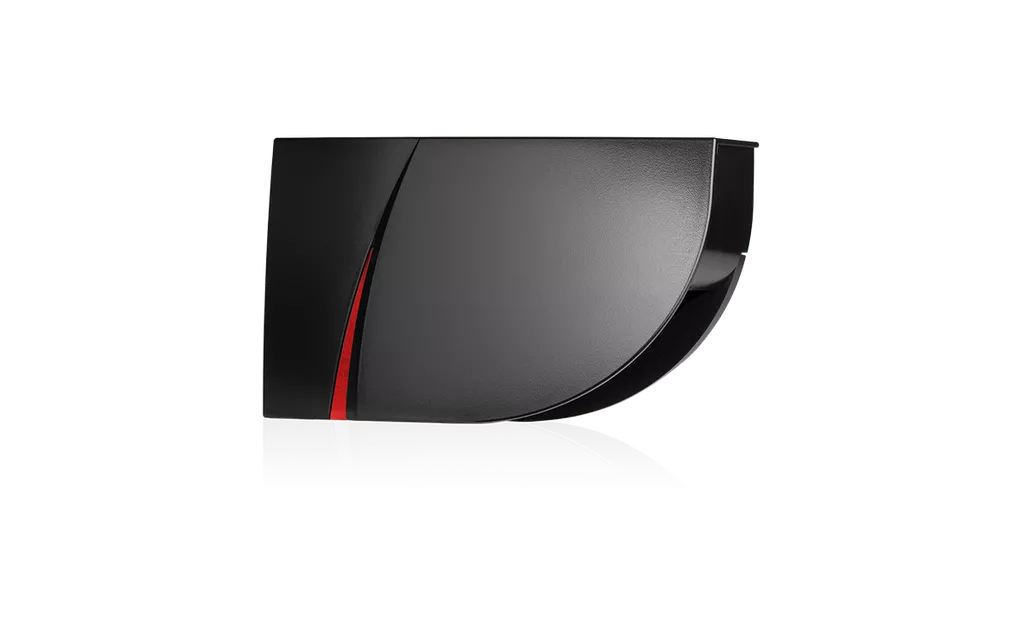 LZR-FLATSCAN 3D SWLearn more
LZR-FLATSCAN 3D SWLearn more -
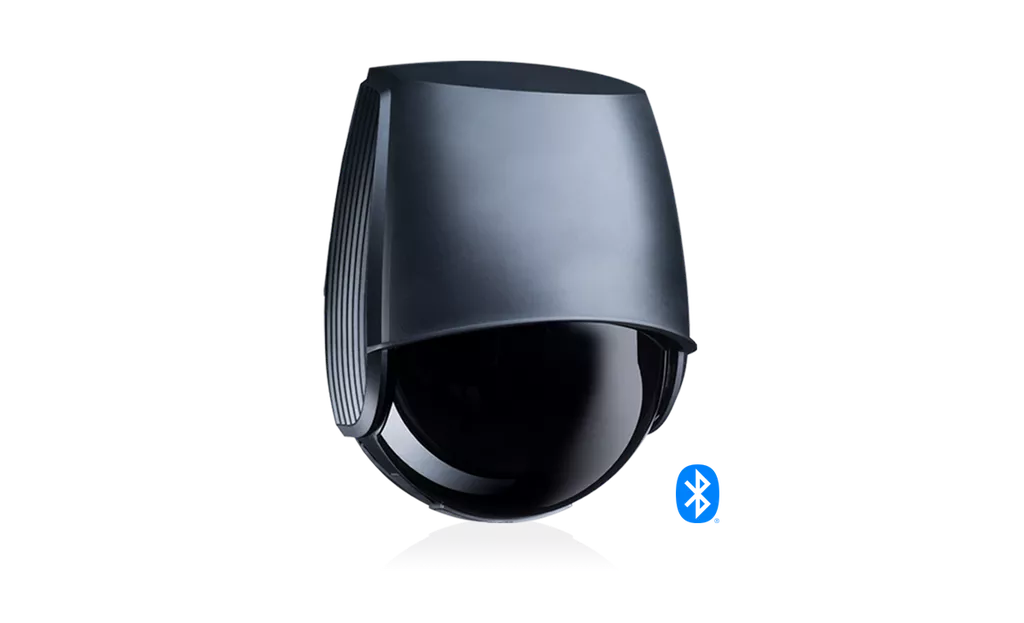 LZR-WIDESCANLearn more
LZR-WIDESCANLearn more -
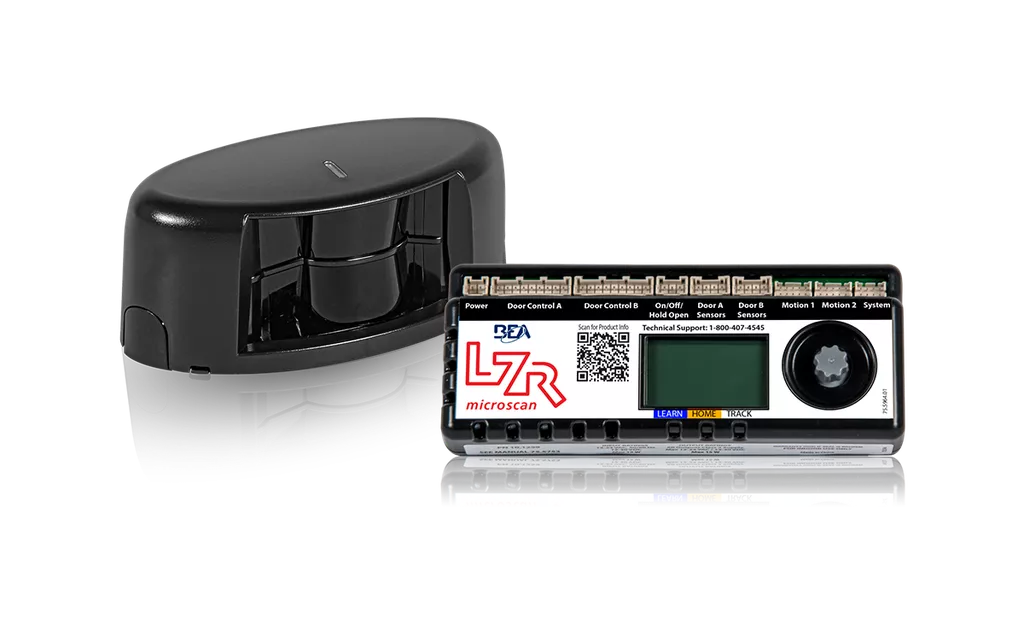 LZR-MICROSCAN TLearn more
LZR-MICROSCAN TLearn more
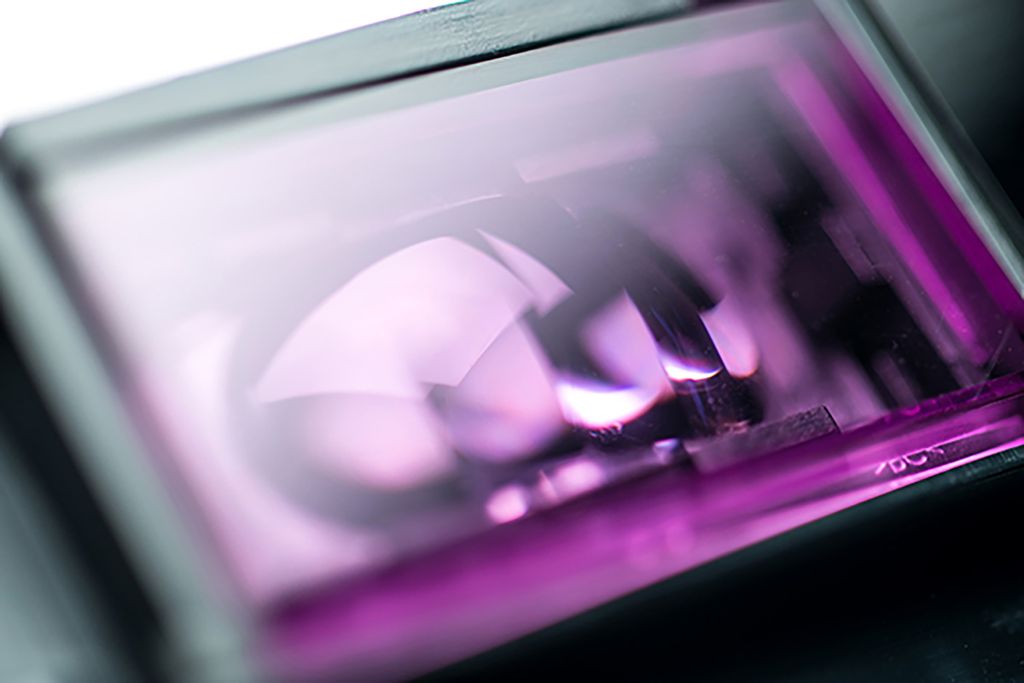
ACTIVE INFRARED with background analysis
An active infrared sensor is, by definition, a sensor that emits infrared light in a well-defined area and analyzes the reflections that come back.
Background analysis always works with a background (e.g. a sensor shines infrared light on the floor). In this case, the sensor lights up one or more areas and analyzes the energy that returns. Detection is triggered if there is any significant difference when compared to the original picture.
This technology, which is highly sensitive, is the best method for detecting static objects close to a door. It is also often combined with a radar sensor to provide the best option for opening doors (radar) and safeguarding objects (infrared) using a single device.
-
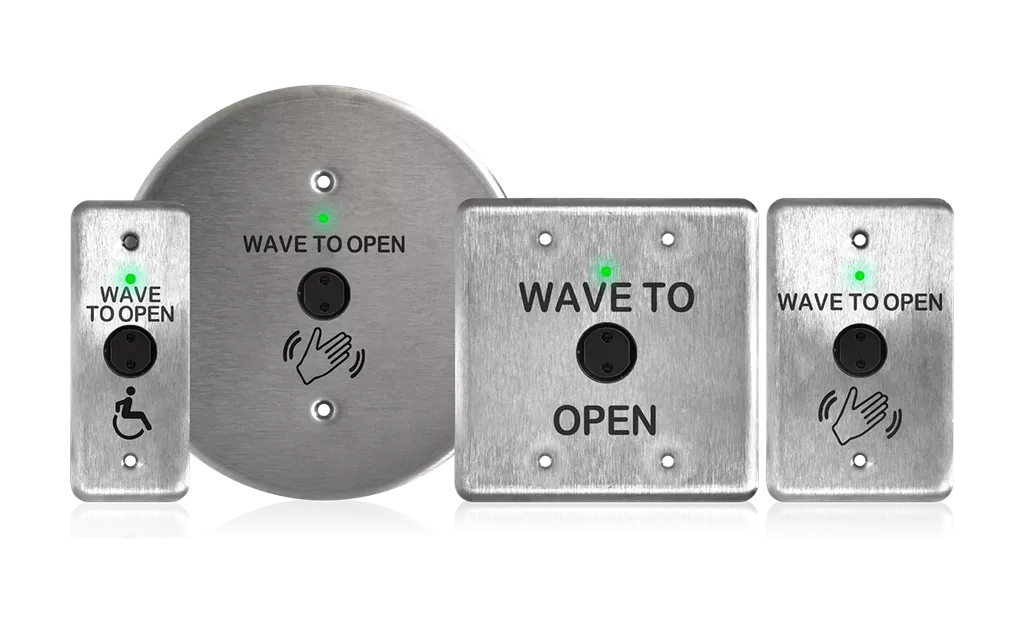 MS51Learn more
MS51Learn more -
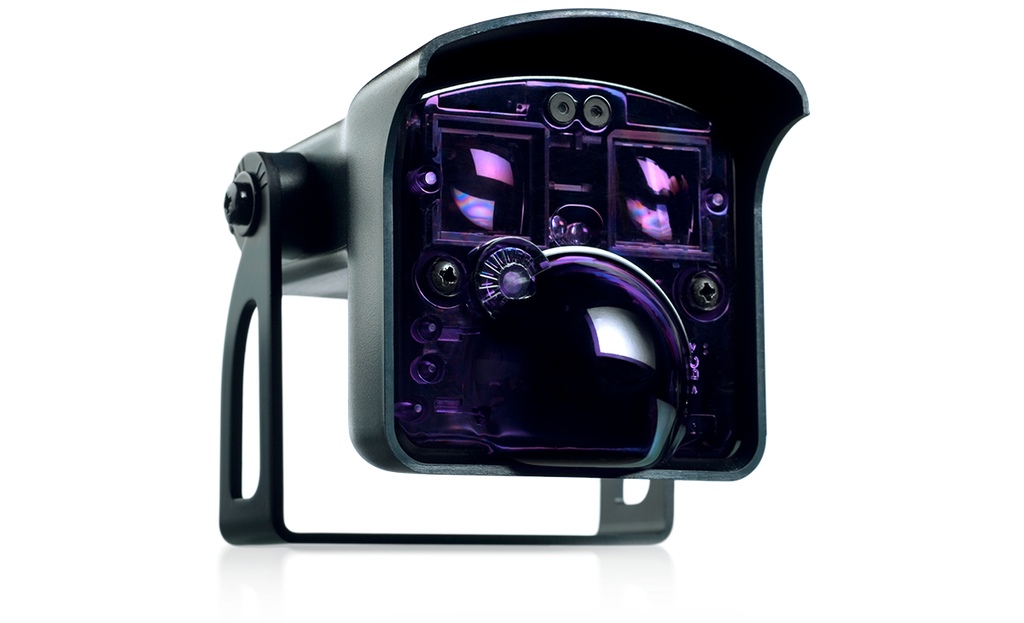 IS40PLearn more
IS40PLearn more -
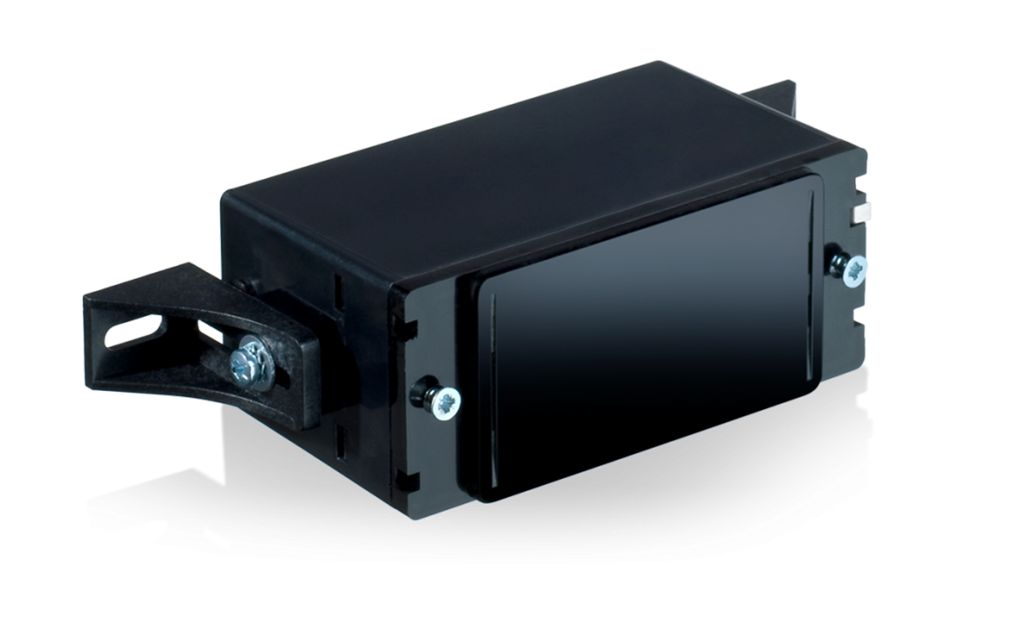 BEAMBOXLearn more
BEAMBOXLearn more
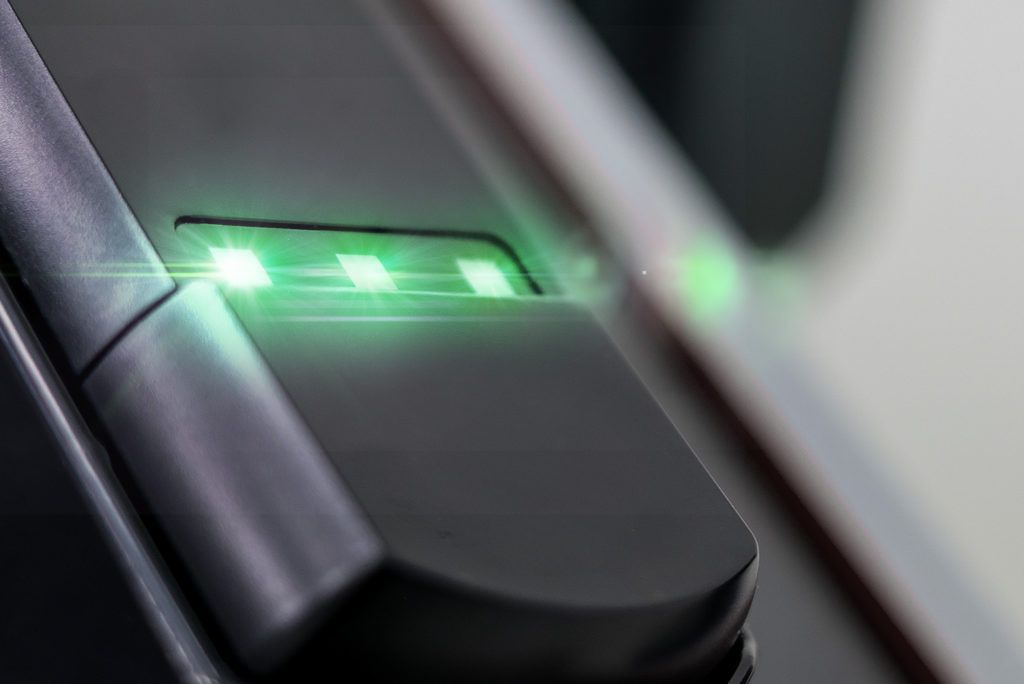
FMCW
FMCW (Frequency-Modulated Continuous Wave) technology operates by continuously emitting a frequency-modulated signal. The sensor sends out a wave that gradually changes in frequency over time. When this wave reflects off an object and returns to the sensor, its frequency is compared to the emitted wave. The difference between these frequencies, known as the beat frequency, is directly proportional to the distance between the sensor and the object.
FMCW technology provides highly precise distance measurements with continuous data updates, which enables the sensor to detect instantaneously both stationary and moving objects.
By continuously analyzing changes in frequency over time, FMCW technology can also determine an object’s velocity and direction, making it highly effective in applications requiring real-time tracking and precise positioning.
MoWa inside, which is based on FMCW technology, measures the distance and speed of objects in the detection field. By transmitting a modulated wave and measuring the frequency shift of the reflected signal, it can detect and classify people and all types of vehicles, whether moving or standing still.
-
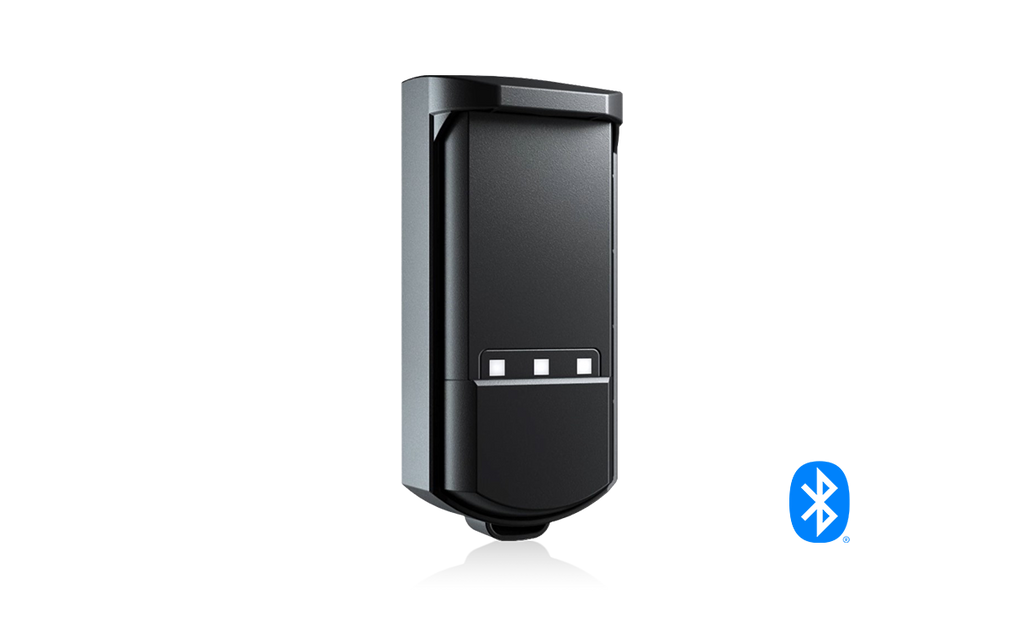 EVOLOOPLearn more
EVOLOOPLearn more
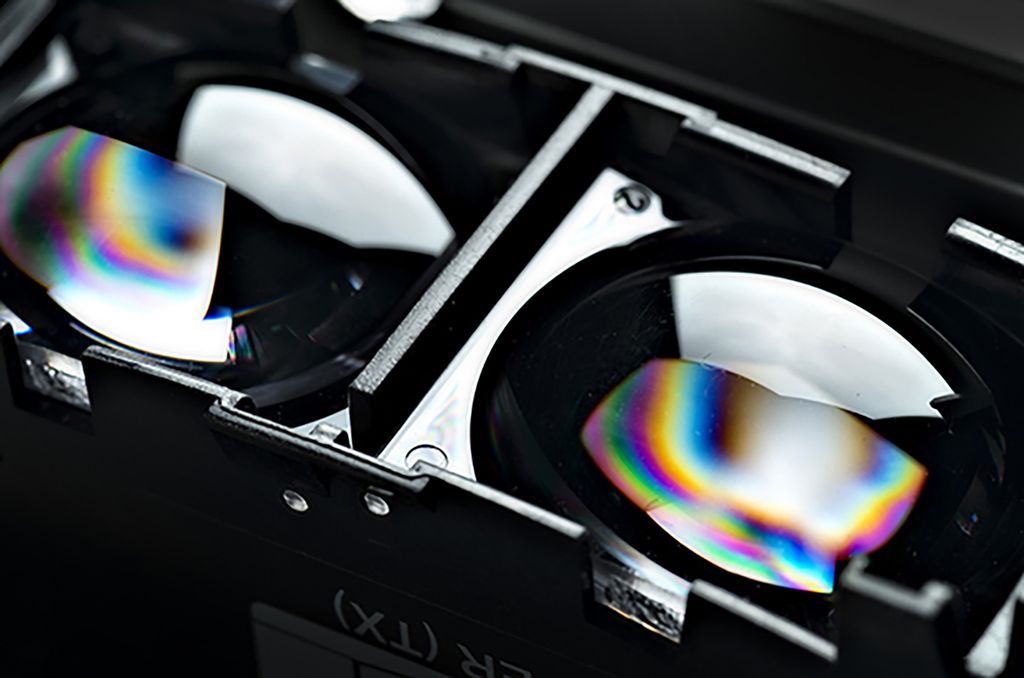
ACTIVE INFRARED with background suppression
An active infrared sensor is, by definition, a sensor that emits infrared light in a well-defined area and analyzes the reflections that come back.
Background suppression works on the principle of ‘triangulation, in which the sensor calculates the distance to an object by taking into account the distance between the emitter and receiver. The emission angle is already known and the reflection angle becomes the key element as the distance to the object can be calculated according to the position of the reflected spot on the receiver side (a triangle can be drawn when you know one distance and two angles).
This technology, which requires a small uncovered zone on the floor, facilitates the detection of static objects without being influenced by the reflectivity of the background. It is therefore mostly used when the background is likely to change (e.g. sensor is fixed on a moving door panel).
-
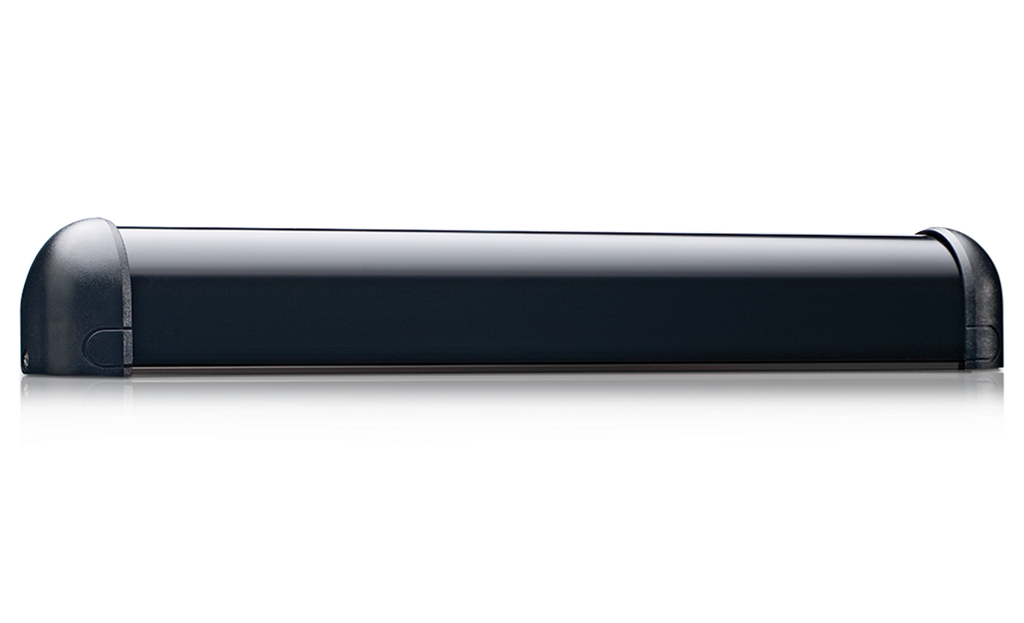 SUPERSCAN-TLearn more
SUPERSCAN-TLearn more -
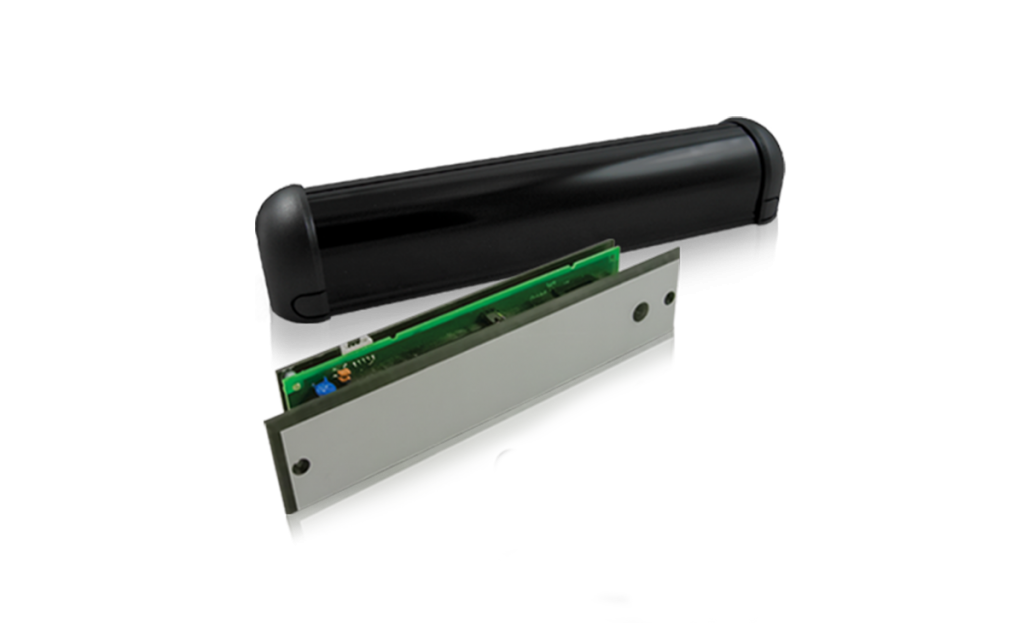 FOCUS FAMILYLearn more
FOCUS FAMILYLearn more
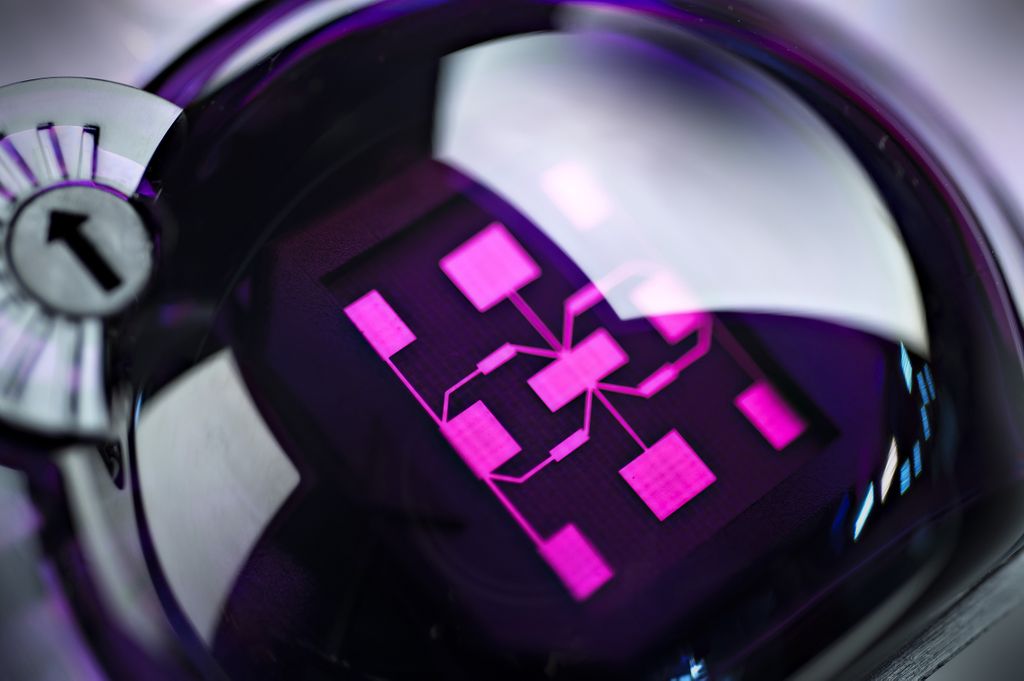
RADAR
Radar technology, also called microwave technology, is based on the Doppler Effect:
the radar sensor continuously emits microwaves with a certain frequency in a defined area. These microwaves are reflected back to the sensor by all of the objects present in its environment.
If the objects in the area do not move, the microwaves come back to the sensor with the same frequency as the initial one. Once a movement occurs in the detection field, the microwaves come back to the sensor with a different frequency and this results in a detection.
Furthermore, this technology can distinguish between an approaching movement (higher frequency) and a departing movement (lower frequency), allowing the sensor to only open the door for an approaching target. This function, known as ‘direction sensing/unidirectionality’, reduces door opening cycles and generates energy savings.
Over the years, radar technology has become the perfect choice for detecting moving objects in a well-defined area.
-
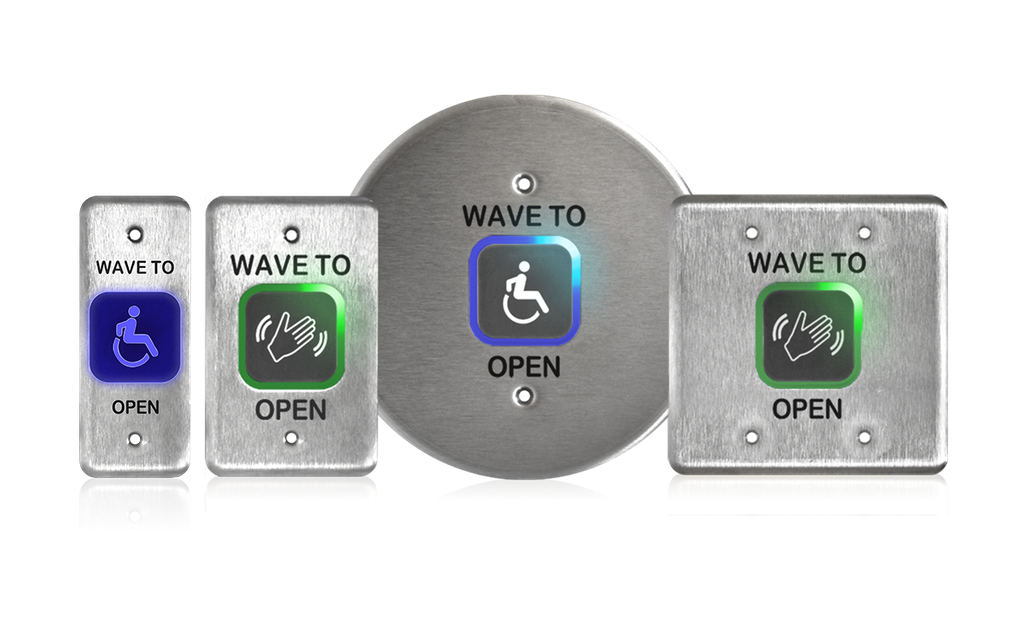 MS41Learn more
MS41Learn more -
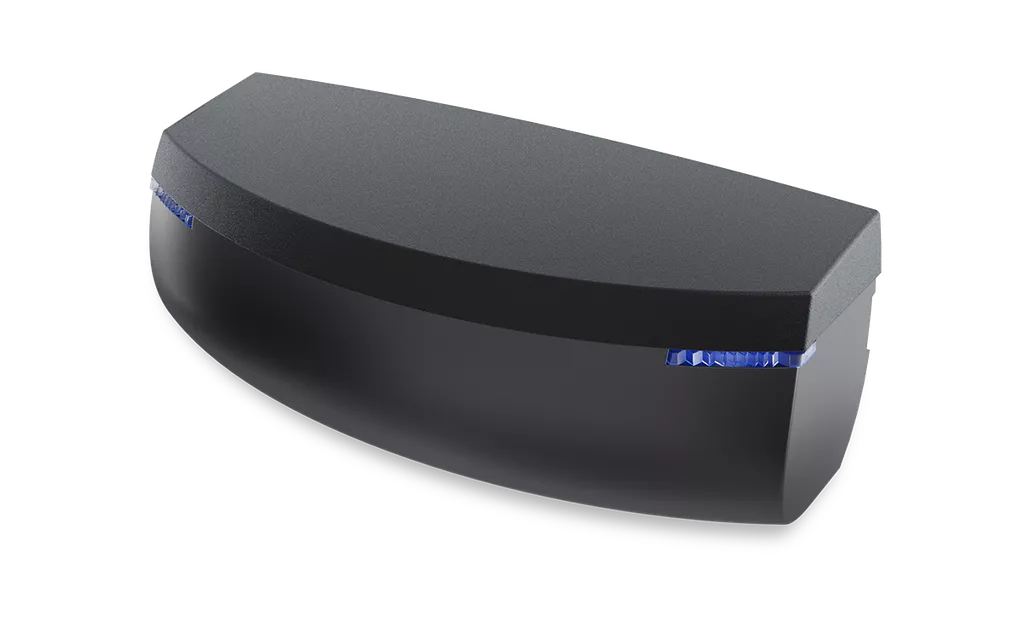 EAGLE ARTEKLearn more
EAGLE ARTEKLearn more -
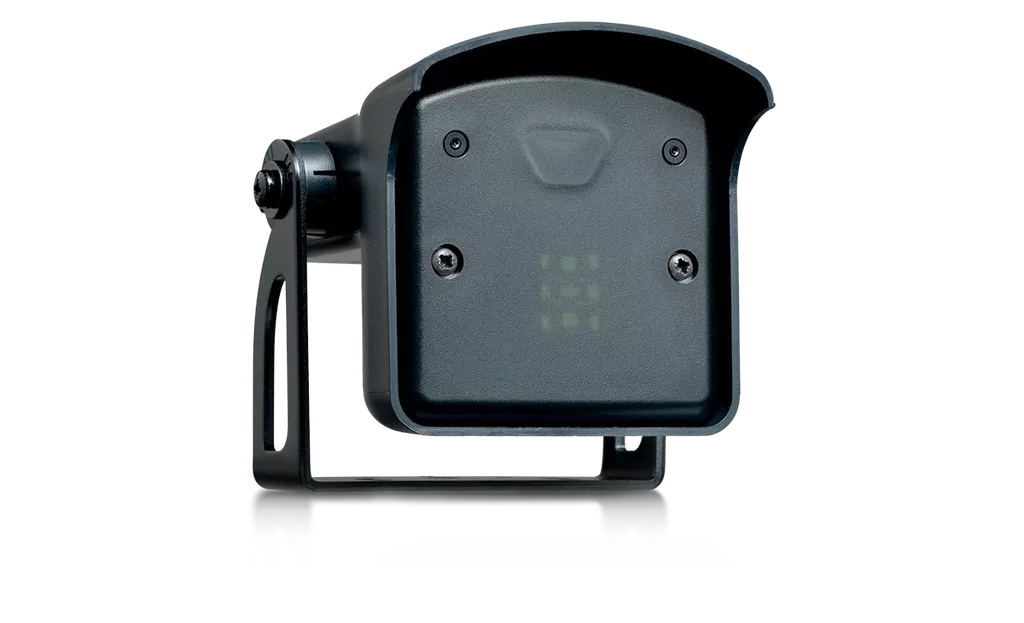 FALCON FAMILYLearn more
FALCON FAMILYLearn more
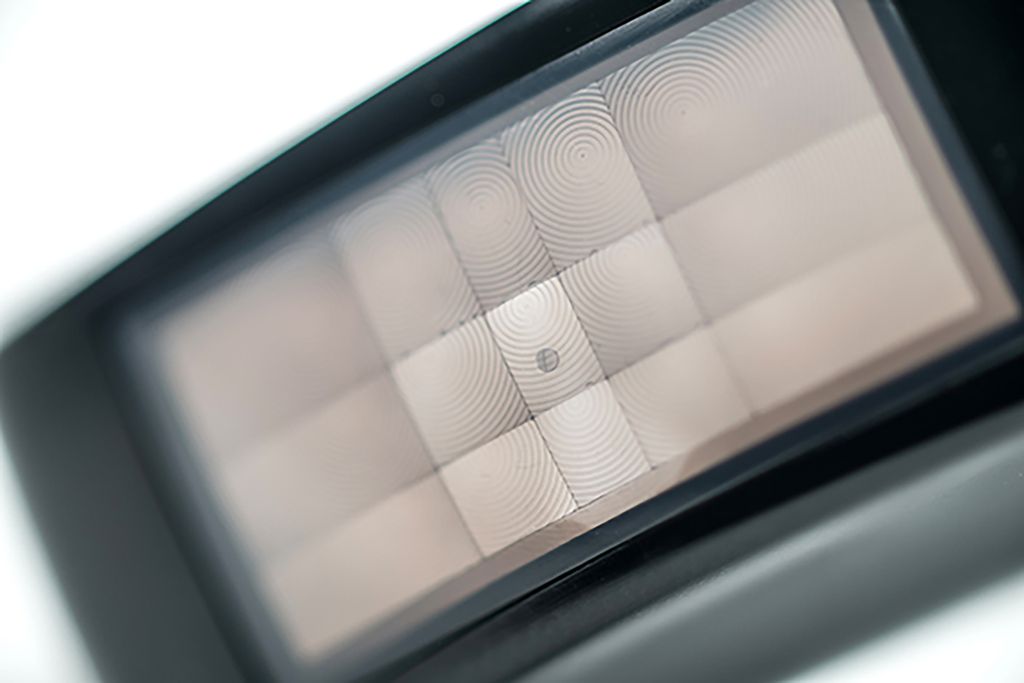
PASSIVE INFRARED
A passive infrared sensor is a sensor that measures the infrared light radiating from objects in its field of view.
Motion or presence is detected when an infrared source with one temperature, such as a human being, passes in front of an infrared source with another temperature, such as the normal environment.
Passive infrared sensors have adjustable detection areas and are rather insensitive to ‘cold’, static objects.
Over the years, passive infrared technology has been increasingly replaced by radar and active infrared technologies to increase detection reliability. Nevertheless, there are still some applications for which passive infrared sensors are well suited.
-
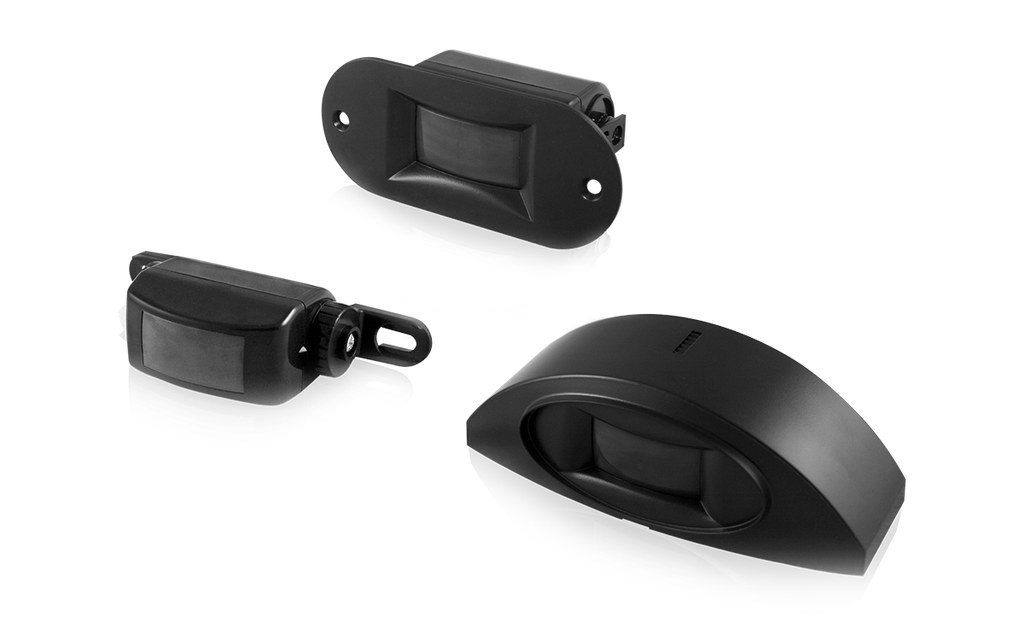 FLY KITLearn more
FLY KITLearn more
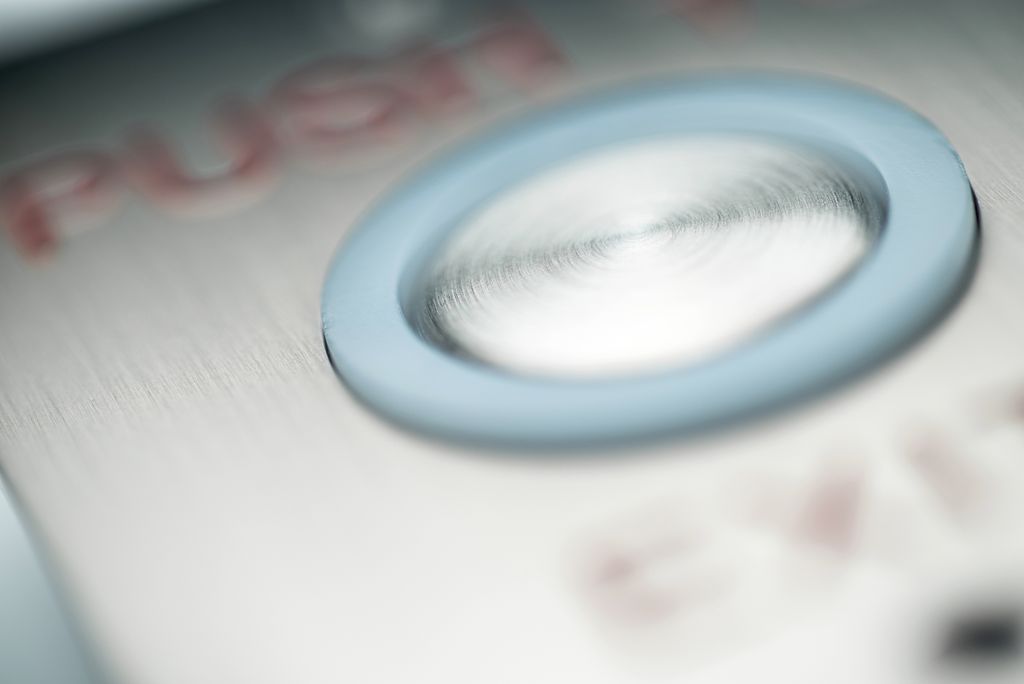
PIEZO
Piezo technology, also known as piezoelectric, is the process of converting mechanical pressure (pushing a button) into electrical energy. A Piezo switch is paired with a field effect transistor (FET) that, when pushed, allows current to flow through the FET. The change of the current triggers an “on” signal that can be used for automatic door activation. When the button is released, the current shuts off. Piezo switches have no moving parts and therefore have a very long lifespan. They are commonly used for the knowing act activation of automatic doors, gates and other access points.
-
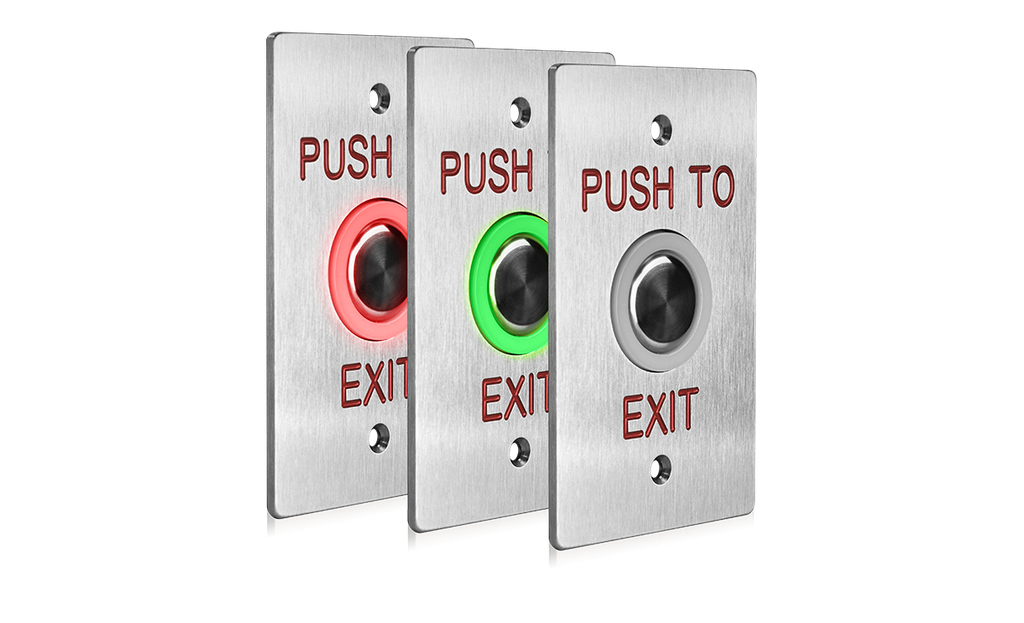 PIEZO BUTTONLearn more
PIEZO BUTTONLearn more
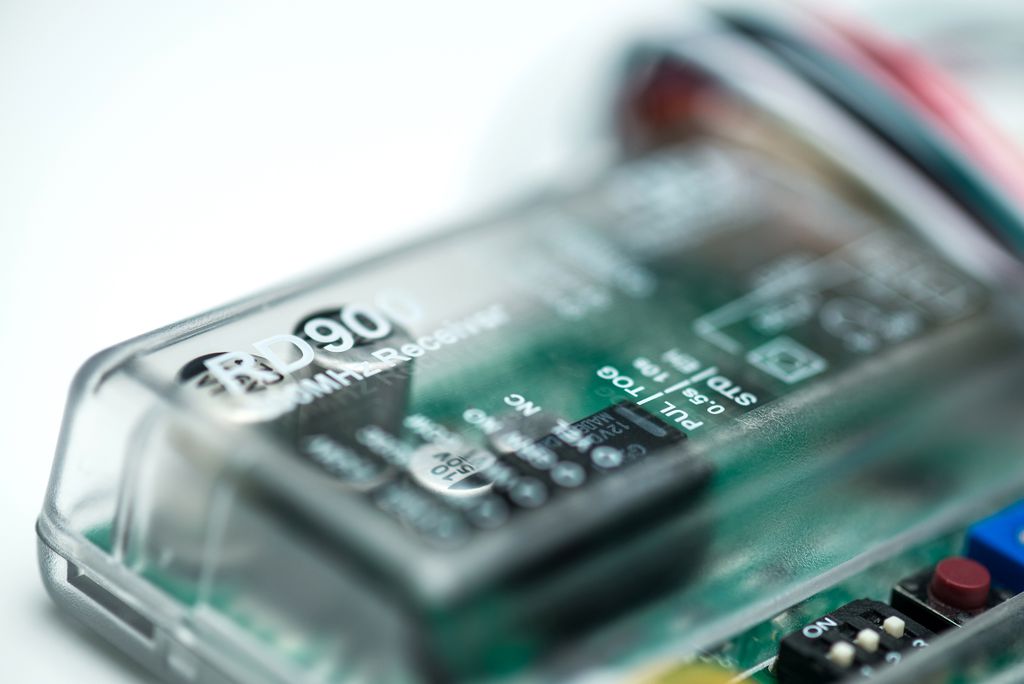
RADIO CONTROL FREQUENCY
Wireless technology uses transmitters and receivers operating on specific radio frequencies. The transmitter applies a radio frequency alternating current to an antenna, which then radiates radio waves. The receiver receives the transmitted frequency and converts the information into a usable form. Radio transmitters and receivers are used for activation.
-
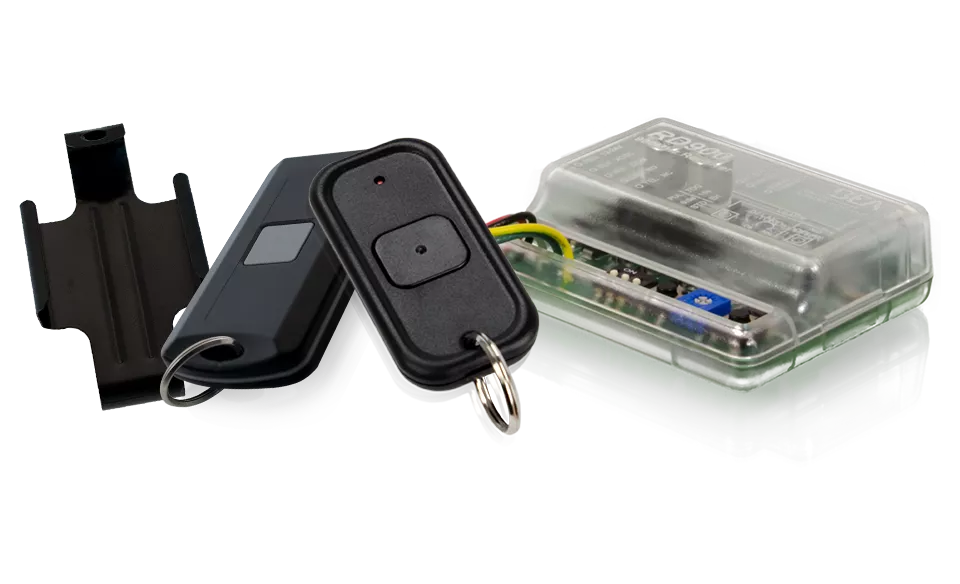 900 MHZ Wireless FamilyLearn more
900 MHZ Wireless FamilyLearn more -
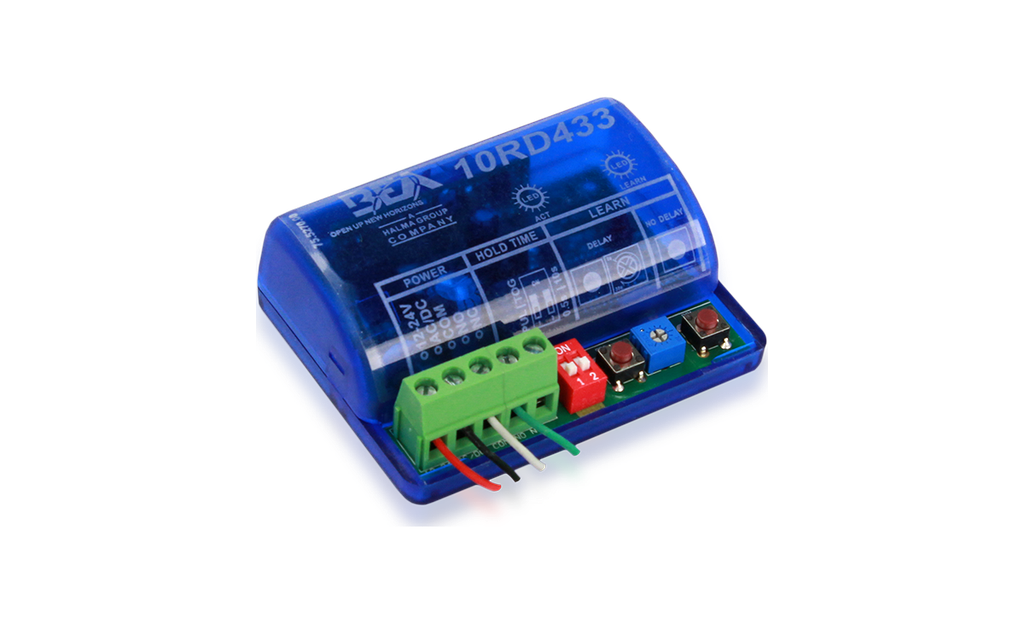 433 MHZ FAMILYLearn more
433 MHZ FAMILYLearn more -
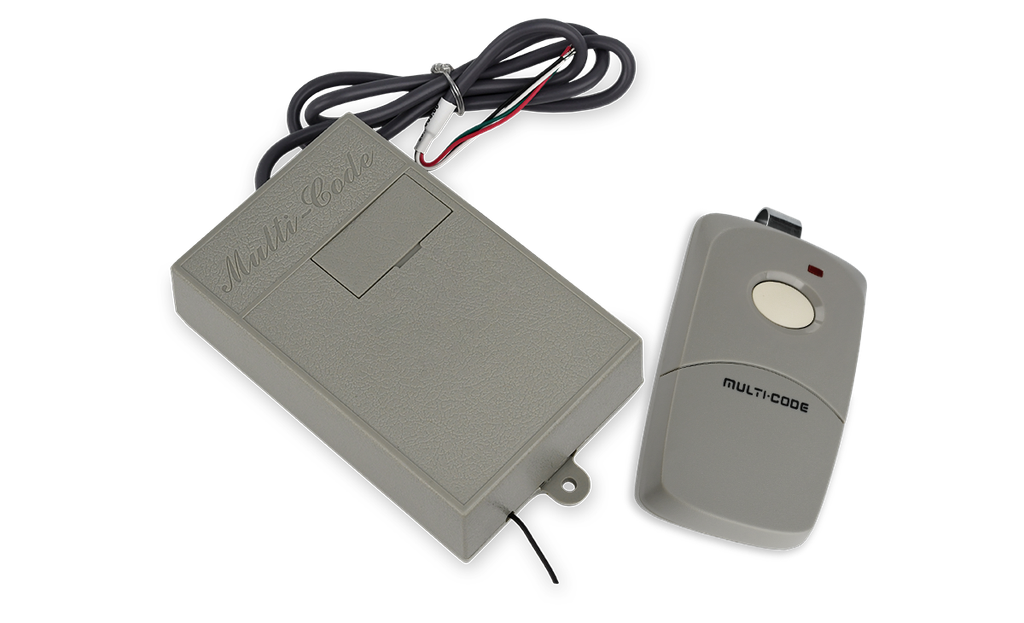 300 MHZ FAMILYLearn more
300 MHZ FAMILYLearn more
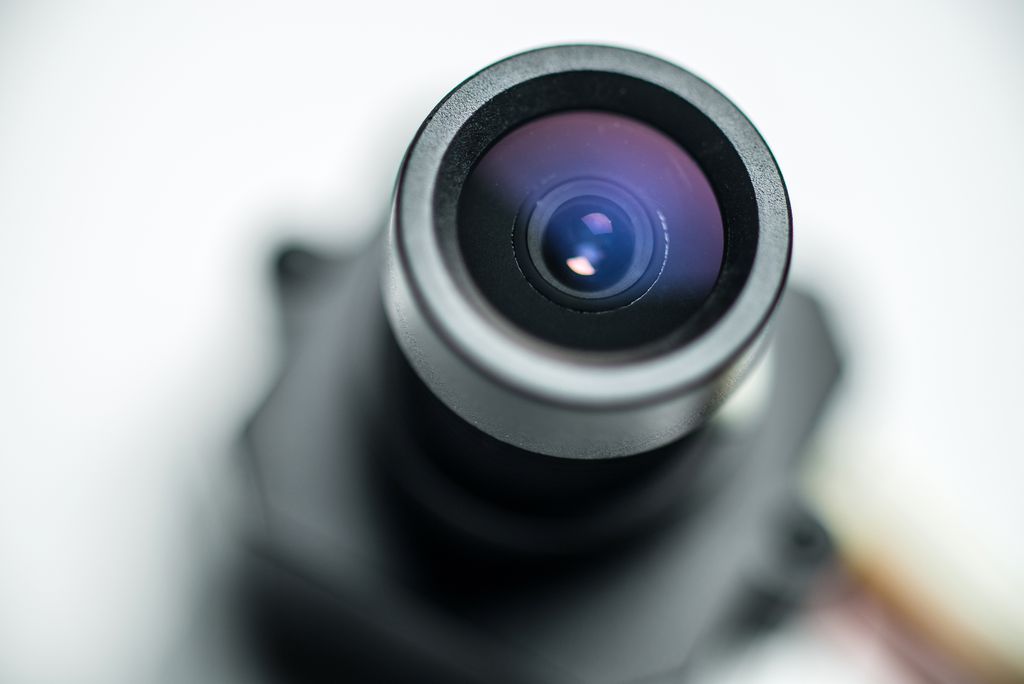
VIDEO
Video technology uses optics and light to create pictures and videos. Enhanced definition cameras capture door environment and traffic usage in full color and high quality. Cameras are used within sensors to increase security and decrease liability.
-
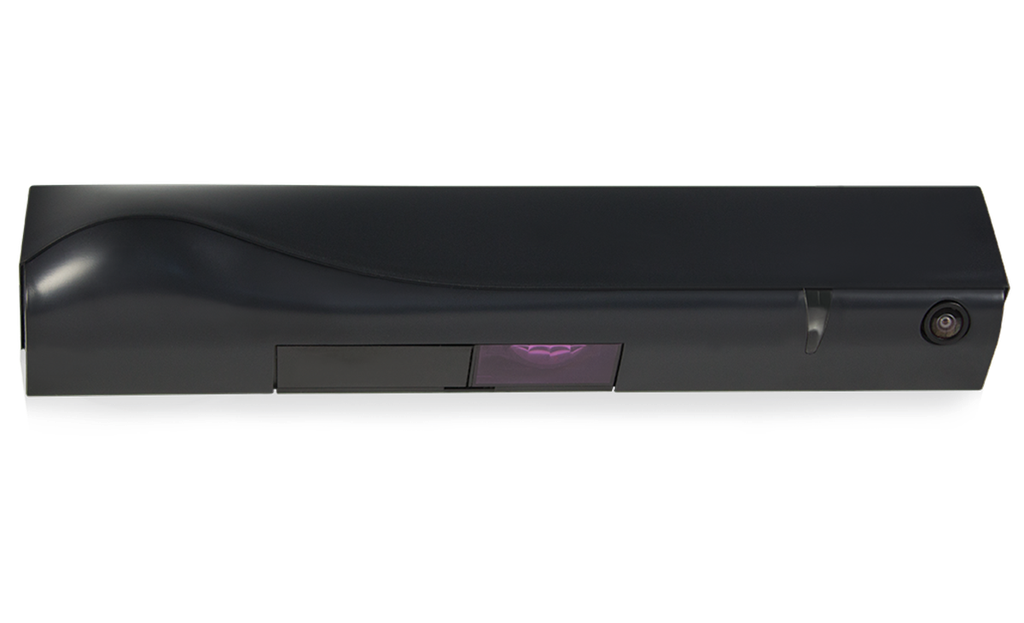 IXIO-DT1VLearn more
IXIO-DT1VLearn more -
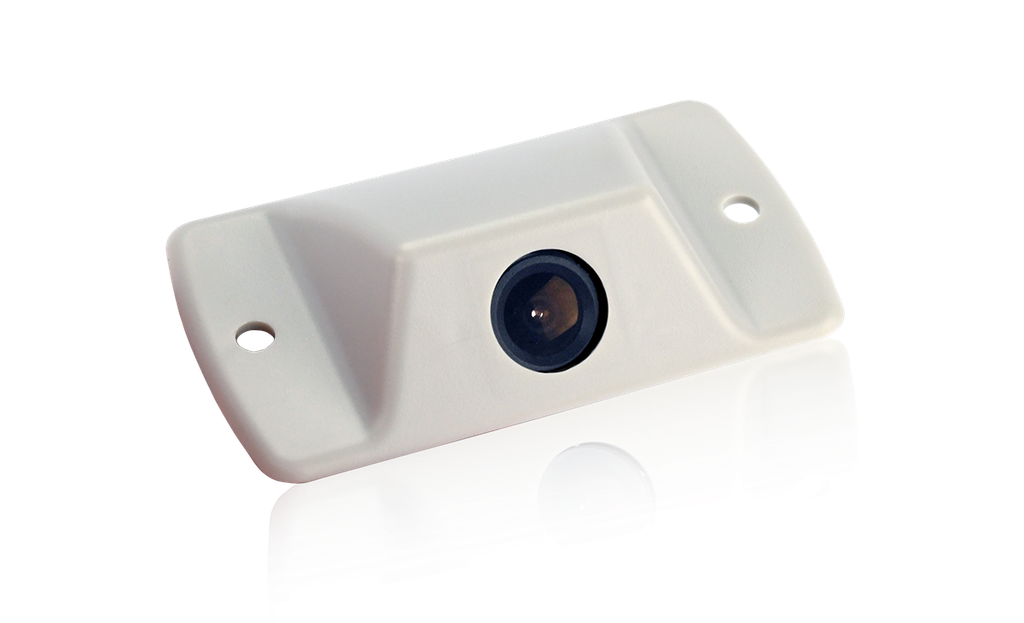 JAMB CAMLearn more
JAMB CAMLearn more
See all our segments
-
-
Doors & Windows
-
Security & Access Control
-
-
-
Doors
-
Gates & Barriers
-
-
-
Autonomous Robots
-
Traffic & Transport Solutions
-
Asset Protection
-